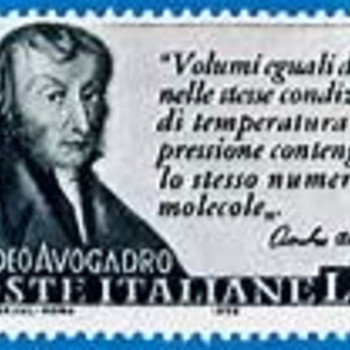Formal Charges?
Draw the structure of periodic acid, HIO4. Optimize formal charges.
I drew the structure for the HIO4 already

But I cant seem to figure out the charges.
Draw the structure of periodic acid, HIO4. Optimize formal charges.
I drew the structure for the HIO4 already

But I cant seem to figure out the charges.
1 Answer
Well,
Explanation:
And the formal charges associated with the individual atoms should reflect this neutrality. And remember, each atom has a specific atomic number, and there should be an appropriate number of electrons (inner shell) or SHARED by atoms in a covalent bond, to give the final charge on the beast.
Most of the time, we can simply deal with the valence electrons, and assess the charge directly..
And so we gots
From your diagram, around each oxygen atom there are 2 lone pairs, that's 4 electrons, and it is conceived to get a half share of the four electrons in the
And iodine owns SEVEN valence electrons under this rigmarole...and with 46 inner core electrons, its gots the negative charges to neutralize
And that leaves hydrogen,
We know that periodic acid is strong,,
Can you assign charges in periodate anion? Where SHOULD the negative charge be..?
The standard Lewis structure of the parent acid is...

